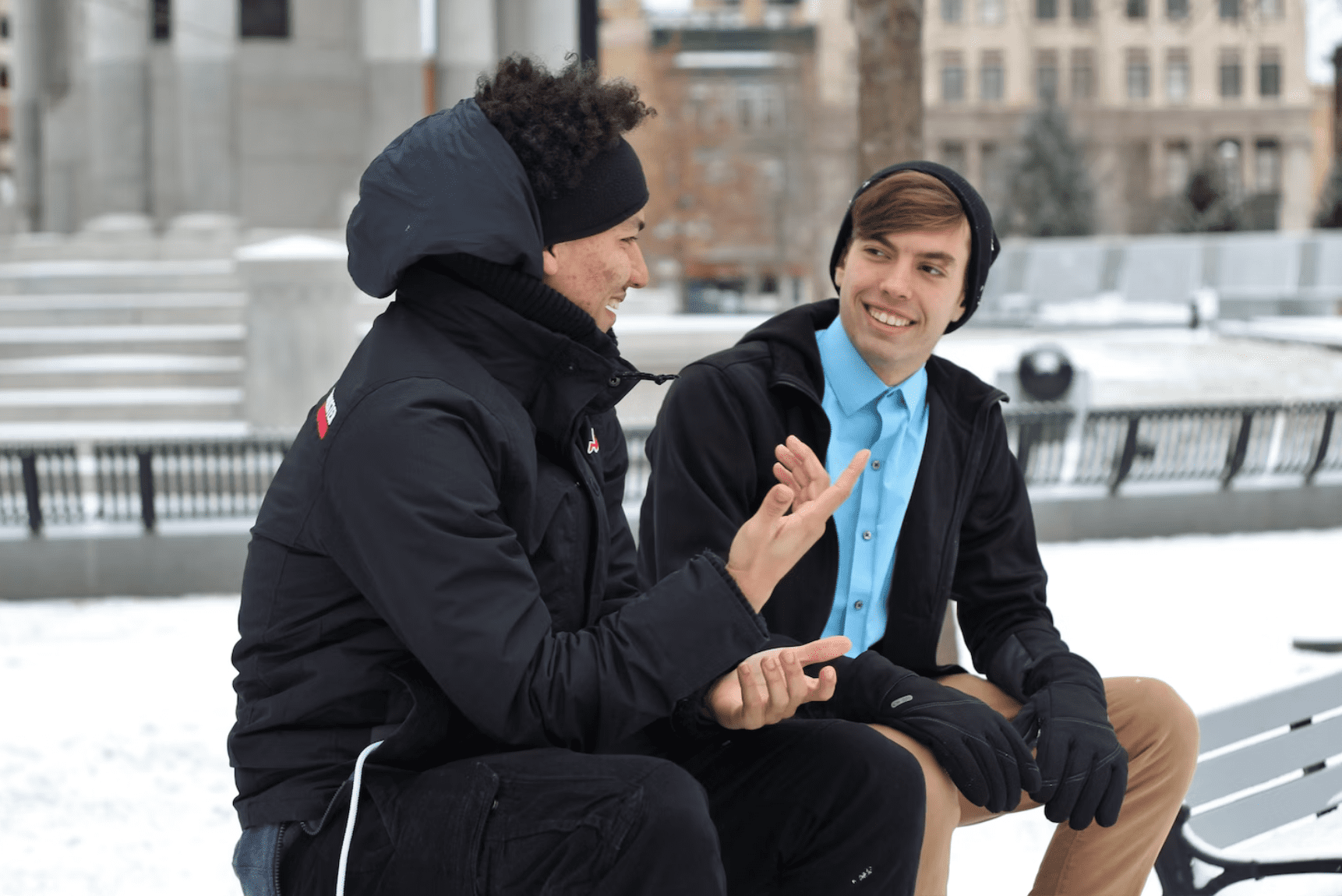

How do you be a better communicator in relationships?
Do you know any psychology tricks to make you a better communicator and listener? Communication is one of the most essential life skills. Whether in a personal or professional setting, effective communication is the answer to building relationships, getting your point across, and achieving your goals. But communication is not just about talking. It is also about listening. Listening is the key to understanding others, showing empathy, and avoiding conflicts. But how can you become a better listener? And how can you use psychology tricks to improve your communication skills? Below are some tips and techniques that will help you.
Be fully present in the conversation.


One of the most important aspects of active listening is being fully present in the conversation. It means you are not distracted by your phone, thoughts, or surroundings. You are following along and hanging on their every word. Being fully present also means listening with all your senses, not just your ears. You are paying attention to the speaker’s tone of voice, facial expressions, body language, and emotions. By understanding the other person’s nonverbal cues, you can respond in a way that is more likely to be effective.
Ask open-ended questions.


Another way to improve your listening skills is to ask open-ended questions that are not answerable by a simple yes or no and require more explanation or elaboration. For example, instead of “Did you enjoy the movie?” you can say, “What did you like about the movie?” or “How did the movie make you feel?” Open-ended questions allow the speaker to express their thoughts and feelings freely. They show that you are paying attention and engaged in the conversation.
Paraphrase and reflect.


Paraphrasing means you restate what the speaker has said in your own words without changing the meaning or adding your interpretation. For example, if the speaker says, “I’m feeling stressed out because of this project deadline,” you can paraphrase by saying, “So you’re feeling a lot of pressure because of this project.”
Reflecting means acknowledging the speaker’s feelings or emotions without judging or agreeing. For example, if the speaker says, “I’m feeling angry because he lied to me,” you can reflect by saying, “I can see that you are very upset because he was dishonest with you.” Paraphrasing and reflection can help you clarify, check for accuracy, and demonstrate empathy.
Listen to understand, and wait to respond.


One of the most common mistakes people make when listening is that they listen to respond, not to understand. It means that they are already thinking of what they will say next instead of trying to comprehend what the speaker is saying. They may also interrupt, argue, or give advice before the speaker has finished talking. It can make the speaker feel unheard, disrespected, or frustrated.
Don’t assume you know what the other person is thinking or feeling. Never interrupt or cut off the speaker, but let them finish their thoughts. Also, do not try to fix their problems or impose your solutions, but let them express their feelings and needs. Lastly, never argue or criticize their views or choices, but try to see things from their perspective.
Use positive feedback and reinforcement.


A final tip to improve your communication skills is to use positive feedback and reinforcement when listening. It means using verbal and non-verbal signals to show that you are following along with the speaker. For example, you can use words like “yes,” “I see,” “I agree,” “that makes sense,” or “that’s interesting” to indicate agreement or understanding. You can also use non-verbal signals like nodding, smiling, leaning forward, or maintaining eye contact to show interest and attention. Positive feedback and reinforcement can make the speaker feel valued, respected, and encouraged, motivating them to continue sharing and communicating with you.
Conclusion


To conclude, communication is a two-way process involving talking and listening. With these psychological tricks, you can become a better communicator and listener. You can improve relationships, enhance your learning, and achieve your goals. Remember: be fully present in the conversation; ask open-ended questions; paraphrase and reflect on what has been said; listen to understand, not to respond; and use positive feedback and reinforcement. These techniques will help you communicate more effectively and empathetically with anyone.
I hope this article has helped you. If you have any questions or comments, feel free to leave them below. Thanks for reading, and I’ll see you at the next one!




